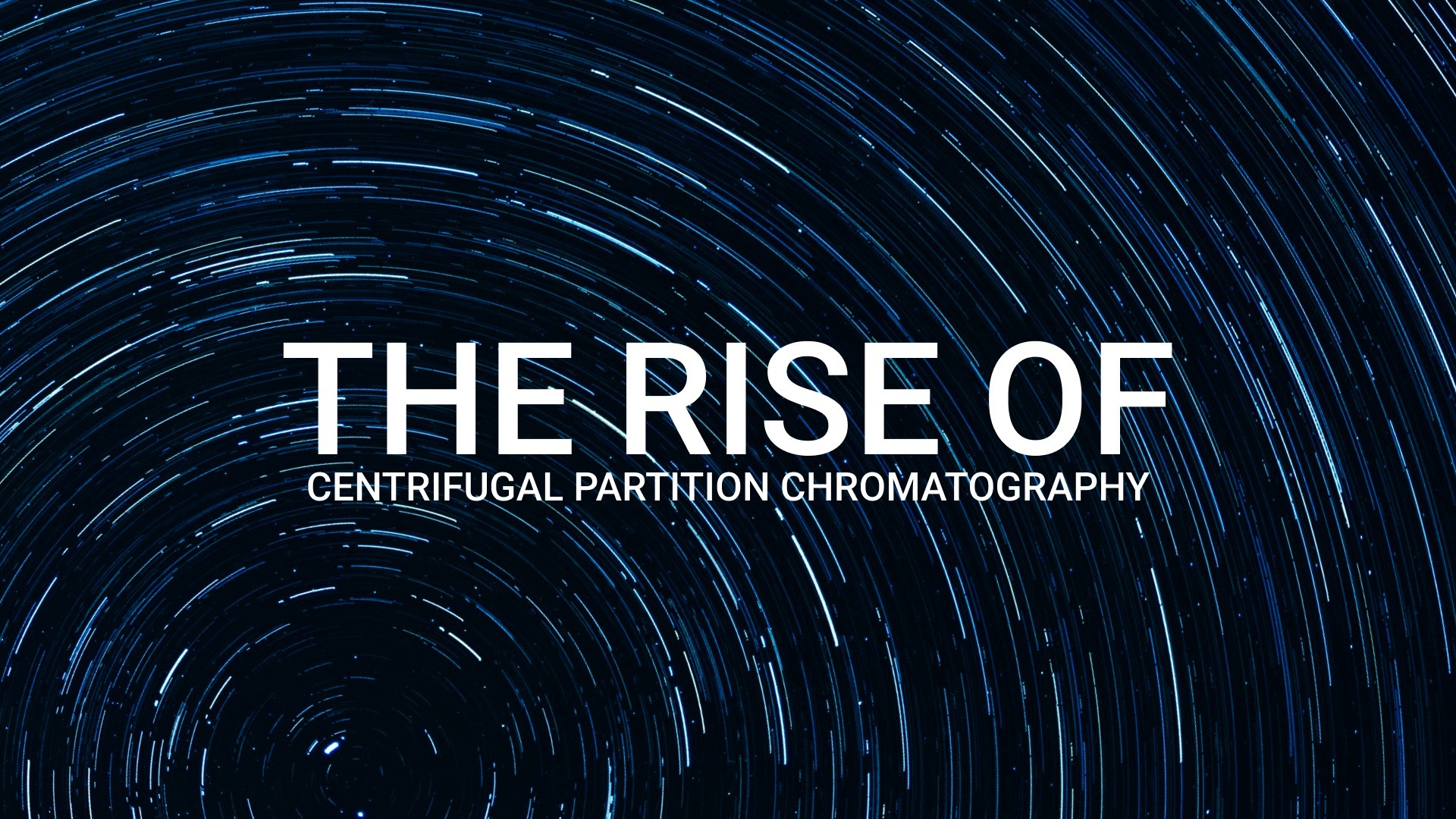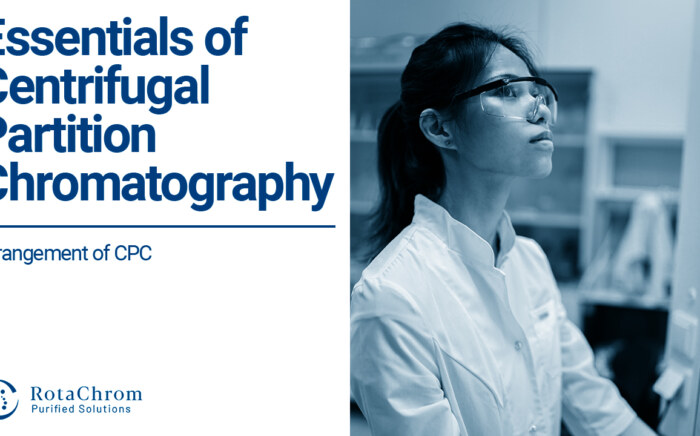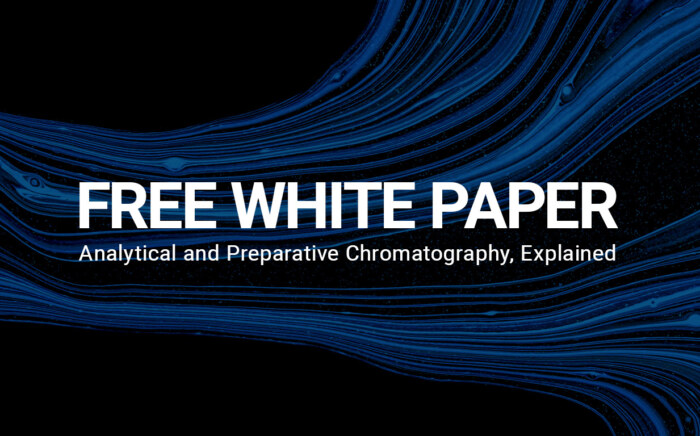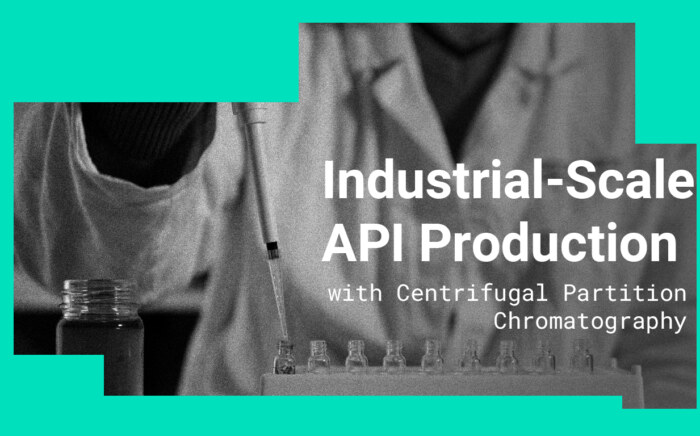Advancing Separation Science: CPC Device Installation and Its Impact
NewsCentrifugal Partition Chromatography (CPC) has rapidly become a highly effective and efficient preparative chromatographic technique, gaining traction among scientists, researchers, and laboratory technicians alike. By utilizing two immiscible liquid solvent systems as both stationary and mobile phases, CPC separates sample components based on their partition coefficients. This article explores the key principles and advantages of CPC, highlighting its growing importance in various scientific fields.
Core Principles of CPC
Partition Coefficient (Kd)
At the heart of CPC lies the principle of partition coefficients (Kd), which is the equilibrium constant for the distribution of a compound between two immiscible liquid phases. This principle allows for the precise separation of compounds based on their differing solubilities in the two phases.
CPC Cells and Rotor
The CPC system consists of a series of interconnected cells attached to a rotor. During operation, the liquid stationary phase is immobilized by centrifugal force, while the mobile phase, which contains the sample, is pumped through the rotor. This setup creates a dynamic environment where the sample components are effectively separated.
Separation Mechanism
Separation in CPC is achieved as sample components move through the system based on their partition coefficients. Components with higher partition coefficients remain longer in the stationary phase, resulting in their greater retention. This mechanism ensures efficient separation of compounds with varying affinities for the two liquid phases.
Advantages of CPC
CPC offers several distinct advantages over traditional chromatographic techniques, making it an essential tool in scientific research and industrial applications.
Simple Separation Mechanism
The simplicity of CPC’s separation mechanism facilitates straightforward method development and scalability. This ease of use makes CPC an attractive option for both small-scale laboratory experiments and large-scale industrial processes.
High Loadability and Recovery
CPC is known for its high loadability and recovery rates. The technique ensures that there is no sample loss due to irreversible adsorption, which is a common issue in traditional chromatography methods involving solid stationary phases.
No Solid Stationary Phase
By eliminating the need for a solid stationary phase, CPC simplifies the chromatographic process and reduces costs. This absence of a solid phase also minimizes the risk of sample contamination and degradation.
Minimized Solvent Consumption
CPC is a cost-effective technique that requires significantly less solvent compared to conventional chromatography methods. This reduction in solvent use not only cuts costs but also lessens the environmental impact of the separation process.
Versatility
One of the most notable advantages of CPC is its versatility. It can separate a wide range of compounds, making it suitable for various applications in biotechnology, pharmaceuticals, and other industries. Whether dealing with proteins, nucleic acids, or small molecules, CPC offers a reliable and efficient solution.
RotaChrom’s Contribution to CPC
RotaChrom has taken the lead in revolutionizing preparative purification through an industrial-scale CPC method. Unlike traditional liquid chromatography, which relies on a solid stationary phase like silica gel, RotaChrom’s innovative system utilizes only liquid phases, providing highly accurate molecular separation. This advancement surpasses conventional liquid chromatography in terms of yield and purity, offering significant benefits in various purification processes.
RotaChrom’s platforms also reduce downstream method development costs and steps, providing an effective solution for diverse purification challenges. This innovation represents a significant leap forward in chromatographic technology, enabling more efficient and precise separations at an industrial scale.
Exploring Further Resources
For those interested in delving deeper into the world of chromatography and separation techniques, RotaChrom offers comprehensive resources. Whether the goal is to purify proteins, nucleic acids, or small molecules, CPC proves to be a powerful and versatile solution that aligns with diverse research and industrial objectives. To explore the advancements and applications of CPC, RotaChrom’s resources are available through their website, providing valuable insights and guidance for further study.
Conclusion
Centrifugal Partition Chromatography (CPC) has emerged as a groundbreaking technique that redefines the capabilities of preparative chromatography. By leveraging the principles of liquid-liquid separation and the power of centrifugation, CPC offers unparalleled advantages in terms of simplicity, efficiency, and versatility. With contributions from innovators like RotaChrom, CPC continues to advance, offering powerful solutions for purification challenges across various scientific and industrial fields.



